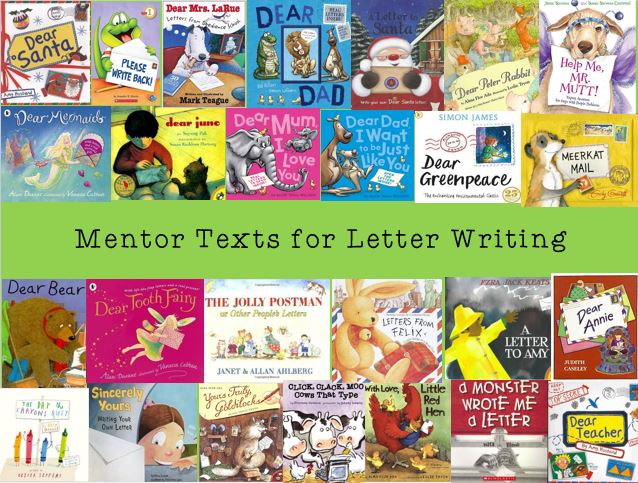If you have been following my blog for a while, you will know that I love text sets. That is, picture books or junior novels that come together, sometimes eclectically, that have similar themes or teachings. I have been putting this blog post together for some time, in my thinking.
As literacy educators, we know it is important to encourage children to make text-to-text connections and creating text sets is one way to support students to do this. The titles in the text set at the top of this post came together around a similar concept about Australian Aboriginal Identity in relation to skin colour and indigeneity.
Text sets combine multiple texts with different genre and text complexities to cater for students' interests and a wide range of abilities. Multiple text approaches can give voice to marginalised groups, through the different representations of similar issues. The collections of texts are sometimes referred to as Linked Text Sets (LTS). For more on the power of text sets, see:
Elish-Piper, L., Wold, L. S. and Schwingendorf, K. (2014), Scaffolding High School Students’ Reading of Complex Texts Using Linked Text Sets. J Adolesc Adult Liter, 57: 565–574. doi:10.1002/jaal.292
Robb, L. (2002). Multiple texts: Multiple opportunities for teaching and learning. Voices from the Middle, 9(4), 28.
Tracy, K. N., Menickelli, K., & Scales, R. Q. (2017). Courageous Voices: Using Text Sets to Inspire Change. Journal of Adolescent & Adult Literacy, 60(5), 527-536.
 "Black Fella White Fella" is a picture book by Neil Murray based on his iconic song lyrics for the song of the same title that he has performed with the Warumpi band. View a video of the song made with the Papunya school here. I love this picture book, not only because I love the song (and secretly Neil Murray LOL - shhh!), but also because it is illustrated by children around Australia and carries such an important message for the world! "Black Fella, White Fella" is such a popular picture book, that I had a little bit of trouble tracking it down. Perhaps it is going through a reprint?
"Black Fella White Fella" is a picture book by Neil Murray based on his iconic song lyrics for the song of the same title that he has performed with the Warumpi band. View a video of the song made with the Papunya school here. I love this picture book, not only because I love the song (and secretly Neil Murray LOL - shhh!), but also because it is illustrated by children around Australia and carries such an important message for the world! "Black Fella, White Fella" is such a popular picture book, that I had a little bit of trouble tracking it down. Perhaps it is going through a reprint?
A big shout out and thank you to Sally from the Sally Lawrence Education Consultancy who sourced a copy of the picture book for me at short notice and to Sarah from the North Coast Regional Indigenous Education Unit for sending it to me. You can read more about Sally's work here and the My Island Home project here. The My Island Home project involved Neil Murray and others mentoring 19 emerging Indigenous artists for a week of songwriting and recording.
To deepen comprehension, students might compare and contrast the picture book and performance versions of the text, "Black Fella, White Fella" by Neil Murray. The lyrics could also be deconstructed for comprehension purposes using my Collaborative Reading Workshop approach. You can read more about this approach in relation to song lyrics and social justice here:
Meyer, K. E. (2010). A collaborative approach to reading workshop in the middle years. The reading teacher, 63(6), 501-507.
Popular culture and song lyrics have long been seen as a 'way in' to supporting adolescent literacy development. To me, song lyrics are not only a 'way in' to literacy learning, but can also be a 'way in' to learning about culture, by 'reading the word and the world' (Freire & Macedo, 1987).
Freire, P., & Macedo, D. (1987). Reading the word and the world. Westport, CT: Bergin & Garvey.
This set of picture books features iconic Australian songs and is published by One Day Hill publishing. The titles in the iconic songs collection of picture books include:
- Solid Rock by Shane Howard;
- Took the Children Away by Archie Roach; and
- My Island Home by Neil Murray.
This series includes the titles pictured above (the iconic songs set) and "From Little Things, Big Things Grow" by Paul Kelly, as well.
Read more about Neil Murray's work at the publisher's site here or Neil Murray's blog here. You can also view the Warumpi band singing, "My Island Home" here.
In a previous blog post, I share about Australian Indigenous Perspectives and more about further these iconic song titles. You can read this post on the Australian Teachers' Collaborative blog here.
Well, that's enough for one day :) I think this blog post is going to become part of a small series...If you made it this far, thanks so much for reading! As usual, if you have other ideas, I would love to read them - please share in the comments section below.
Have a great week everyone!
 Images reproduced from Magabala Books with permission. I was unable to contact One Day Hill publishers for permission to reproduce the image of Neil Murray with "My Island Home". Many attempts were made.
Images reproduced from Magabala Books with permission. I was unable to contact One Day Hill publishers for permission to reproduce the image of Neil Murray with "My Island Home". Many attempts were made.


























